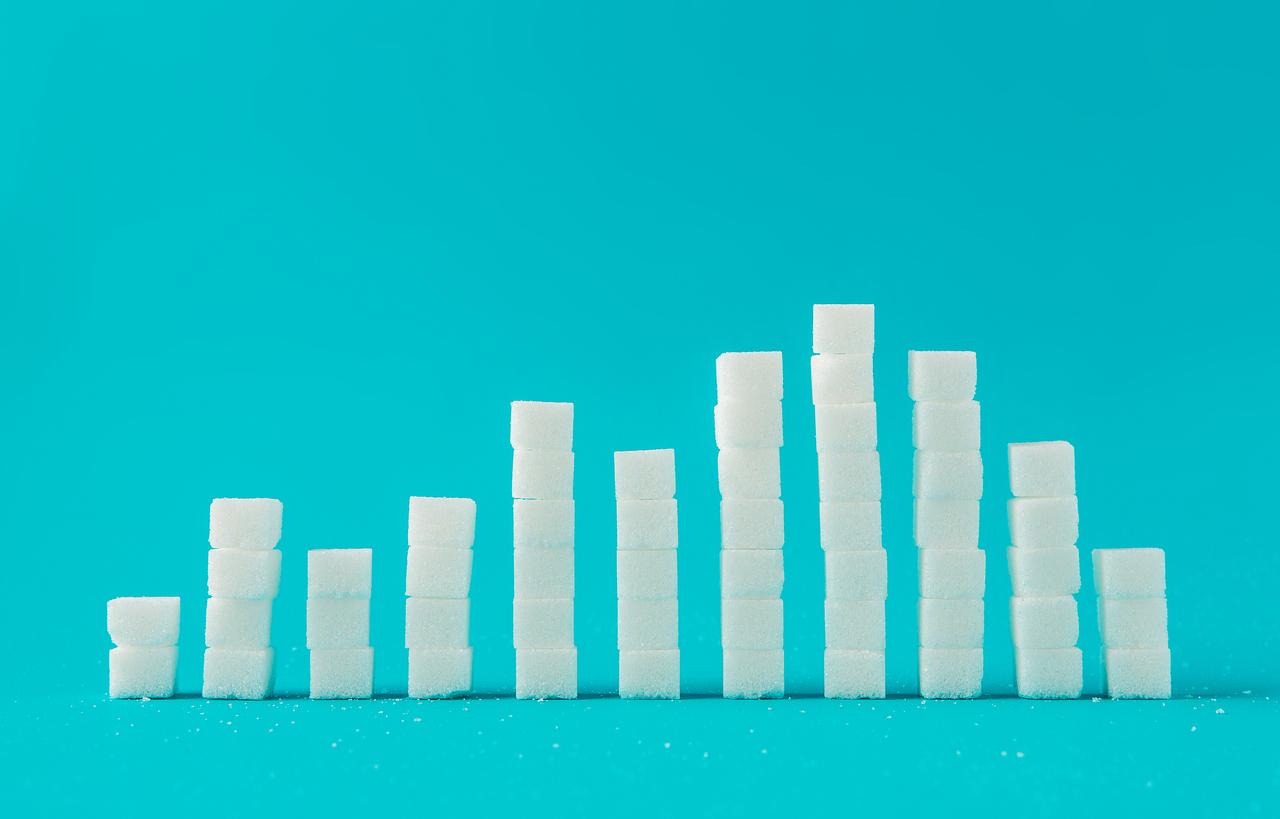What are the origins of konjac?
The first written traces of the culture of konjac date back more than 2,000 years in Chinese texts. It was then in the 6th century AD that this plant appeared in Japan. The konjac (or “Armorphophalus konjac“) is cultivated and used for therapeutic purposes in Asia. Still not widespread in France, it is nevertheless increasingly appreciated.
It is a plant that comes in the form of a spherical tuberous rhizome and can weigh up to 4 kilos!
What are the benefits of konjac?
Konjac helps to regulate transit, blood sugar and cholesterol levels. For example, people suffering from stool evacuation problems can turn to konjac. The latter has the advantage of being rich in fiber, but does not upset the intestinal balance.
Konjac also offers a energizing effect thanks to the presence of vitamin B6.
Does konjac make you lose weight?
Konjac is very effective in weight loss thanks to its appetite suppressant effect. Why how ?
Konjac mainly contains starch, glucomannan, water and vitamin B6. It is glucomannan, a fiber that uonce ingested, has the particularity of swelling in the stomach, thus providing feeling of satiety. In addition, konjac is very low in calories, less than most vegetables!
Even if it is useful, konjac is neither a miracle product nor a “slimming secret”. It should be used as part of a balanced diet and regular physical activity.
How to eat konjac?
Konjac exists in several forms:
- THE vermicelli, which is the best known and most widespread aspect. Prepared from the rhizome, they can be eaten as a replacement for white rice and other pasta. This product, easily found in supermarkets, contains only 3 calories per 100g. It also exists in the form of tagliatelle and rice.
- There flour, which is a cooking aid. It is a thickener that can be used to cook creams, fillings, stuffings, etc.
- THE capsuleswhich should be taken with a glass of water.
- There powder, which is rarer, but offers the same appetite suppressant effect. Again, just dilute 1 to 3 grams of this powder in a glass of water and drink it 20 minutes before meals.
What are the contraindications of konjac?
Before consuming konjac, several precautions must be taken.
- If you suffer from an obstruction of the digestive tract, avoid using this herb.
- If you are undergoing medical treatment, do not hesitate to speak to your doctor about your desire to start a konjac treatment. He can tell you the dosage to follow. A delay of 3 hours is recommended between taking a drug and taking a konjac supplement.
In general, it is essential to respect the recommended dosages and to take short-term cures. Too much can cause bloating and a feeling of heaviness in the stomach.
Read also: Sage: benefits and useDill (seeds): what benefits, what uses?Fennel: does it make you lose weight, what benefits, how to consume it?Guarana: benefits, uses and origins of this “fat-burning” plant


















